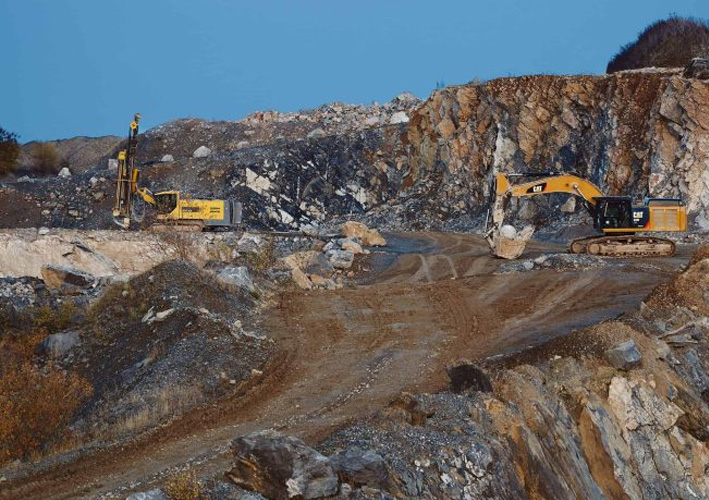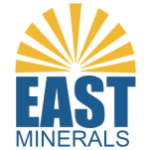Introduction: Zirconium alloys have evolved into a mature and indispensable component in the nuclear power industry, contributing significantly to enhanced fuel performance, lower failure rates, and increased fuel burnups. With the global fleet of aging reactors and the emergence of new facilities, particularly in Asia and Eastern Europe, the demand for zirconium remains robust. Despite the introduction of alternative cladding materials like silicon carbide and novel Small/Advanced Modular Reactor (SMR/AMR) designs, the extensive lead time for these alternatives ensures the stability of the nuclear market for zirconium alloys for years to come.
Understanding Zirconium: Zirconium (Zr), a greyish-white metal, possesses unique physical and chemical properties, making it ideal for diverse industrial and scientific applications. Abundant in the Earth’s crust, zirconium commonly occurs as the mineral Zircon in silicate form and less frequently as the oxide mineral Baddeleyite. Its applications range from surgical instruments, medical implants, and television screens to catalytic converters and crucial additions in aluminum alloys and steels. Zirconium compounds also find utility in the paper and packaging industries, offering excellent water resistance and strength.
Role of Zirconium in the Nuclear Power Industry: The early development of zirconium metallurgy was driven by the nuclear power industry, where zirconium alloys are now recognized as the proven structural material for nuclear fuel cladding in light water reactors. Zirconium’s selection is primarily attributed to its exceptional corrosion resistance in the water chemistry at high temperatures (300oC) and its low capture cross-section for thermal neutrons. The decision to use zirconium alloy in nuclear fuel cladding was significantly influenced by Admiral Hyman Rickover of the US Navy during the 1950s.
Zirconium’s Unique Properties for Nuclear Applications: Zirconium was chosen for its ability to withstand corrosion at high temperatures and over extended periods, maintain integrity in intense radiation environments, and not absorb neutrons crucial for the nuclear reaction. Its low neutron absorption is vital for sustaining the chain reaction throughout the reactor’s core. Stainless steel, beryllium, and aluminum were considered unsuitable, leading to the success of zirconium in this critical application.
Separation of Zirconium and Hafnium: Due to the presence of hafnium (Hf) affecting neutron absorption, zirconium and hafnium must be separated for nuclear power applications. Successful separation involves a liquid-liquid extraction process, producing pure zirconium that absorbs minimal neutrons.
Success and Cost Reduction: The success of zirconium in nuclear power generation prompted efforts to decrease production costs. While high-purity zirconium was initially expensive, gradual cost reduction, coupled with improvements in alloy compositions and annealing treatments, led to widespread adoption in light water reactors by the 1970s. The variations in alloy families improved in-reactor dimensional stability and corrosion resistance, enhancing fuel cycle economics.
Zirconium Market Pricing and Safety Functions: The zirconium market’s pricing remains commercially confidential, influenced by supply and demand dynamics. Nuclear companies procure zirconium through various approaches, but the nuclear sector’s share has a minimal impact on overall zircon demand. Zirconium alloys play a crucial role in achieving the three key safety functions in nuclear reactors: controlling the nuclear reaction, cooling the nuclear fuel, and containing fission products.
Conclusion: Zirconium alloys continue to be a cornerstone in the nuclear power industry, ensuring safety and reliability in reactor operations. With ongoing developments in nuclear technology, the role of zirconium remains vital for powering progress and contributing to the advancement of clean and efficient energy solutions.








